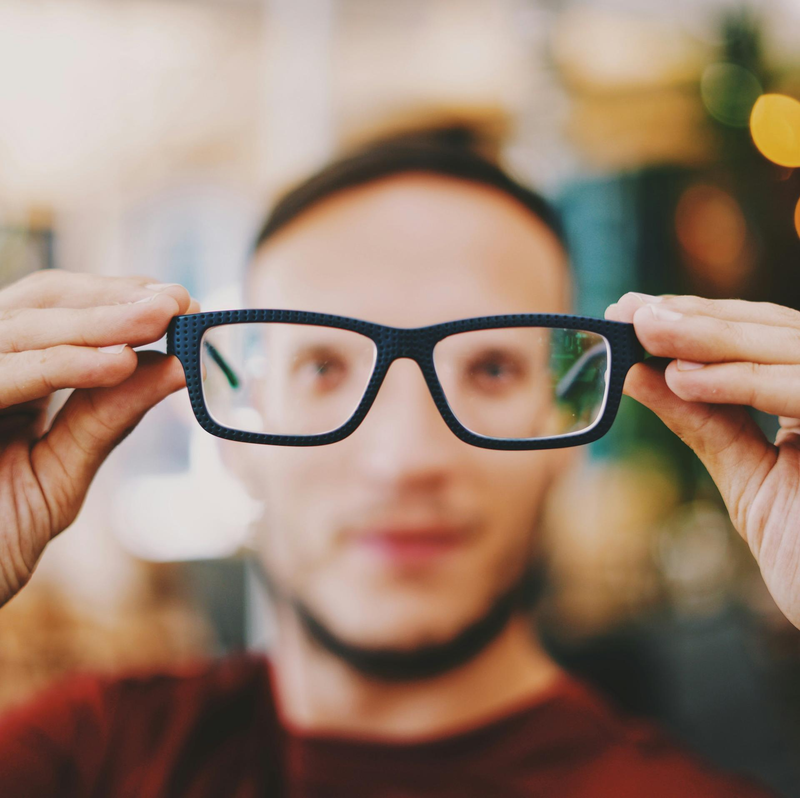

About the author
- Karolien Koolhof is a coach voor introverts and gifted individuals
- Author of the book Introvert Leadership
- Contact

What makes us who we are? Where do our preferences and tendencies come from? And how can we understand them better? Let's dive into the fascinating world of personality, from the pioneers to modern neuroscience.
The story begins with Carl Jung, the founder of analytical psychology. He was a Swiss psychiatrist who first delved into personality about a hundred years ago. Jung believed that personality consisted of different "psychological types," such as introvert and extravert, which influence our way of thinking, feeling, and acting. He emphasized the importance of the unconscious and the archetypes that guide our behavior. According to Jung, introverts are particularly focused on their inner world, while extraverts see the outside world as their starting point.
Jung's ideas were further developed by Americans Katharine Cook Briggs and Isabel Briggs Myers, who developed the Myers-Briggs Type Indicator (MBTI). This instrument looks at personality based on four dichotomies: Extraversion (E) vs. Introversion (I), Sensing (S) vs. Intuition (N), Thinking (T) vs. Feeling (F), and Judging (J) vs. Perceiving (P). Although widely used, there is also much criticism of its scientific validity, as there is no gray area within this model.
The real scientific basis for personality theory was laid by American psychologist Gordon Allport. He emphasized the individuality of people, highlighting that personality consists not only of fixed types but also of unique traits and patterns that distinguish us. Extraversion was also part of this.
British psychologist Raymond Cattell further built on Allport's work by identifying and measuring specific personality traits. He developed the 16PF test, the very first scientifically validated personality test. In this, he distinguished sixteen character traits: warmth, reasonableness, emotional stability, dominance, liveliness, rule-consciousness, social boldness, sensitivity, vigilance, abstractedness, privateness, apprehension, openness to change, self-reliance, perfectionism, and tension.
Several scientists further expanded on Cattell's work. American researchers Ernest Tupes and Raymond Christal identified five personality factors based on their research on military personnel, later known as the "Tupes and Christal Big Five": extraversion, agreeableness, conscientiousness, emotional stability (neuroticism), and intellect/openness to experience.
Around the same time, American Paul Costa and Robert McCrae were working on a personality questionnaire. They attempted to cluster Cattell's categories into a smaller group of factors. They initially reduced them to three: neuroticism, extraversion, and openness to experience. When they later encountered Tupes and Christal's work, they decided to also add agreeableness and conscientiousness. Their questionnaire, the NEO-PI-R, is still widely used today.
Finally, neuroscience also investigates the biological basis of personality. Research shows that genetics, brain structure, and neurotransmitters all play a role in our personality. MRI scans have shown how different personality traits correlate with different patterns in the brain. For example, introverts generally have less need for dopamine, which means they are less likely to seek out excitement.
As you can see, personality is complex and versatile, formed by a combination of hereditary factors, environmental influences, and individual experiences. Personality is who you are as a person. It's about how you think, feel, and act, and it's what makes you unique. It's the combination of your traits, such as whether you're extraverted or introverted, how you react to different situations, and what you like or value in life.
Your personality is influenced by things like your genes, your upbringing, and the experiences you've had. It doesn't change quickly, but it can gradually change as you get older and experience new things.
Differences in personality are often not immediately visible but are crucial in the context of diversity and inclusion. By making these differences visible, you can take more account of everyone's unique characteristics. Would you like to talk more about this? Feel free to contact me.
